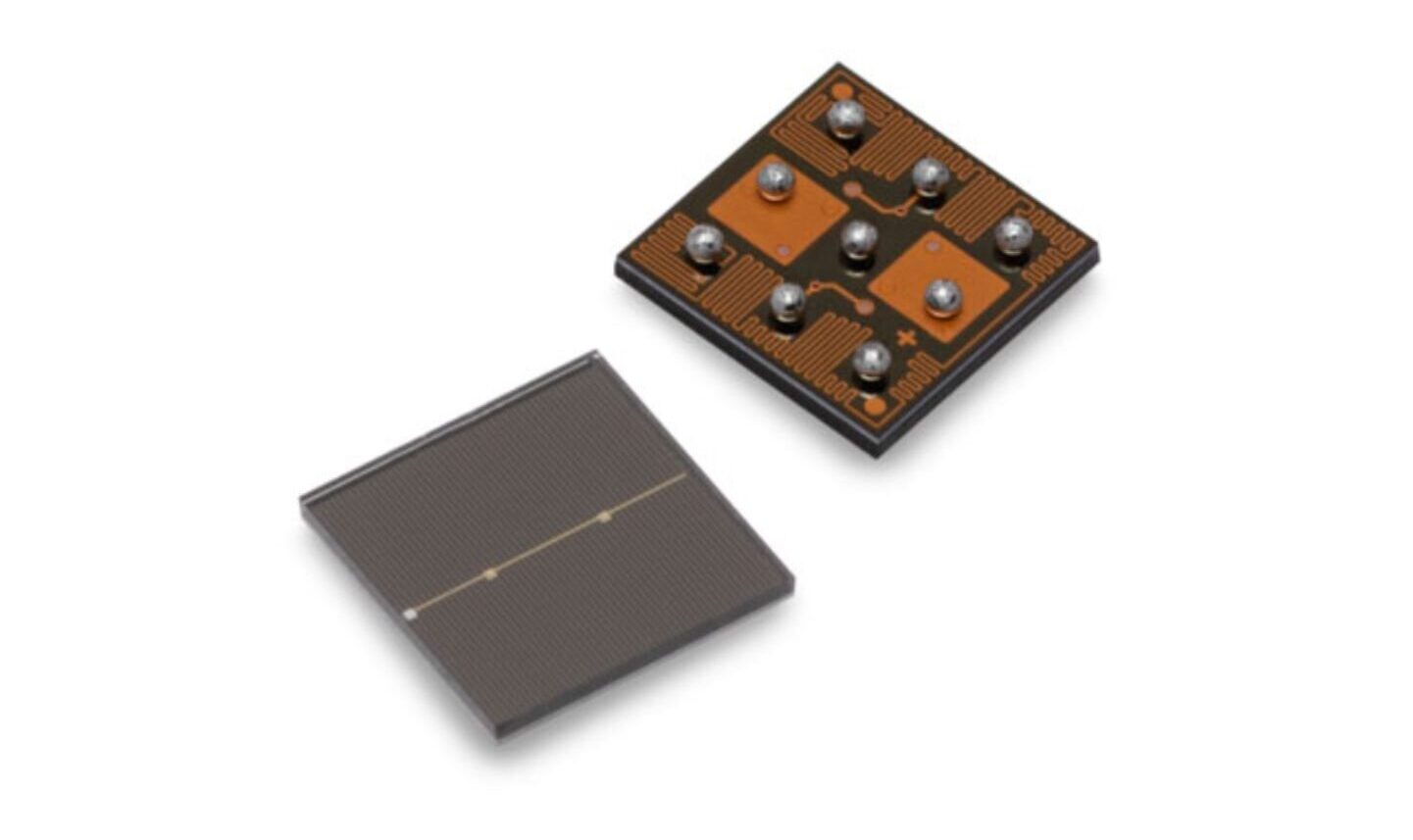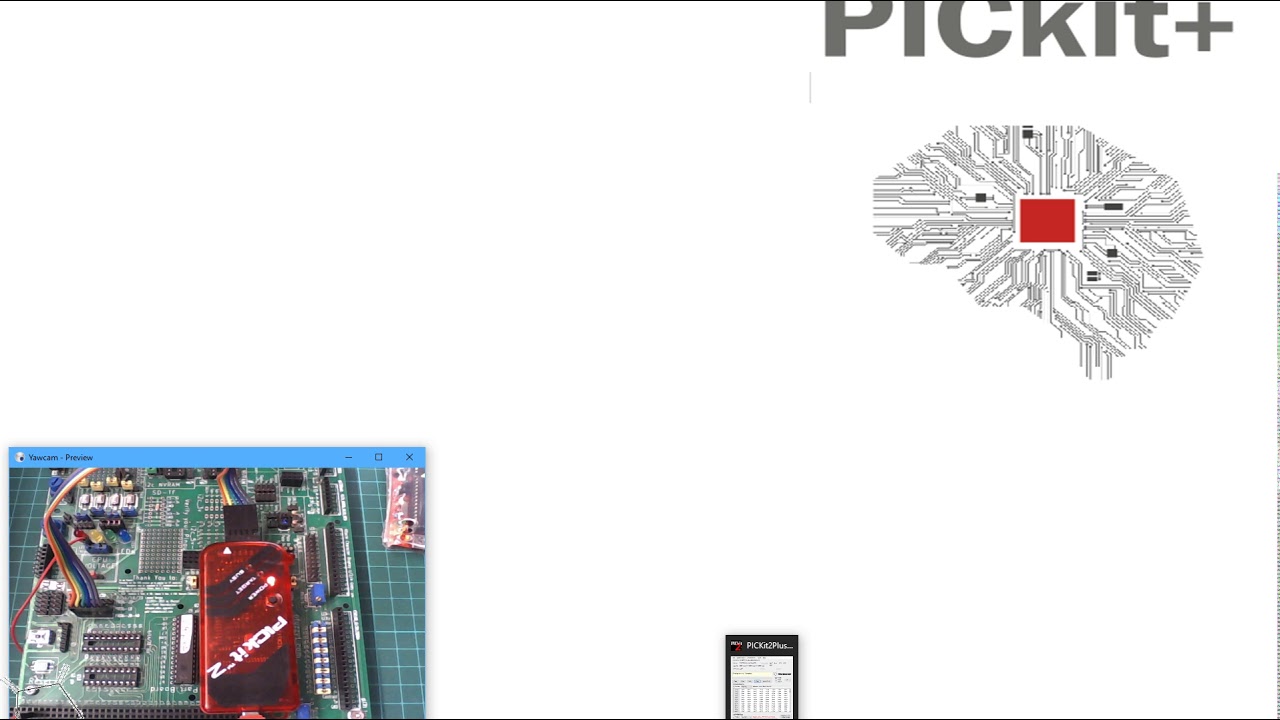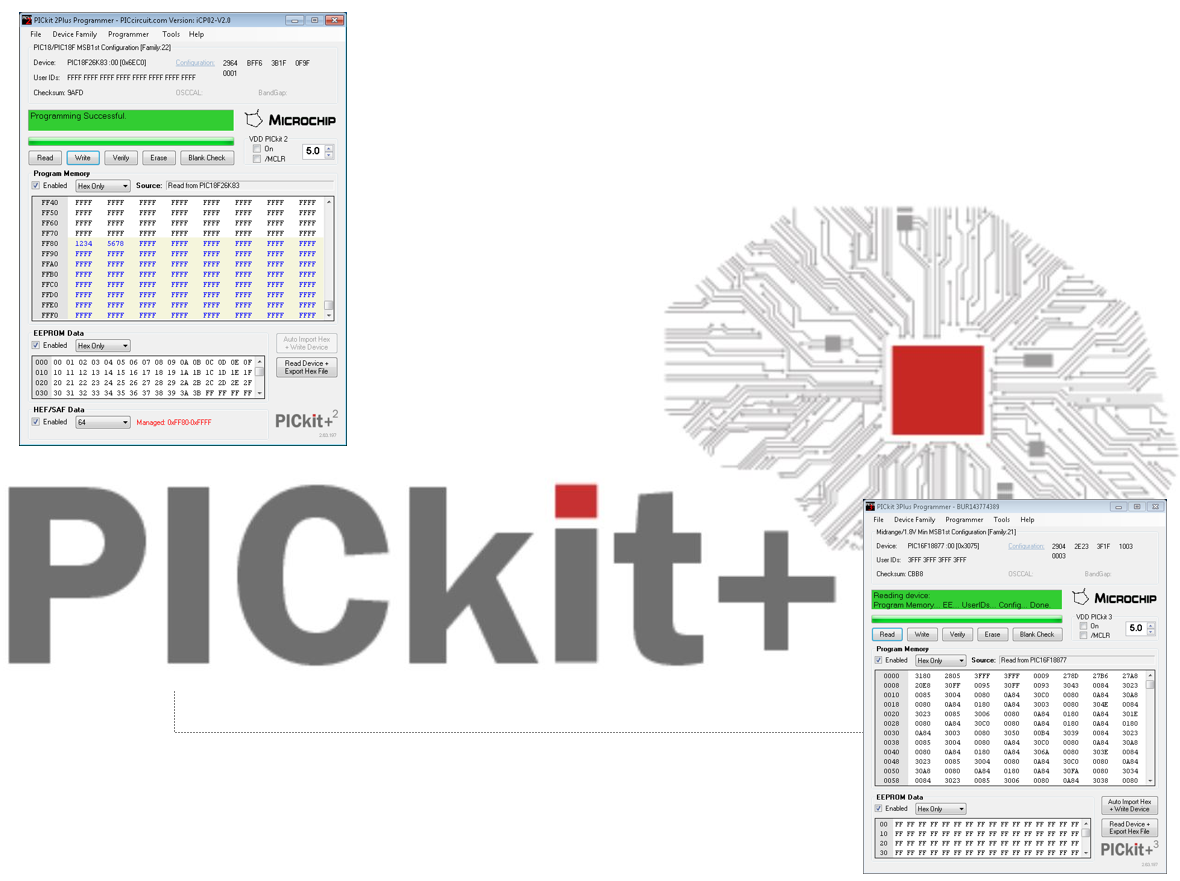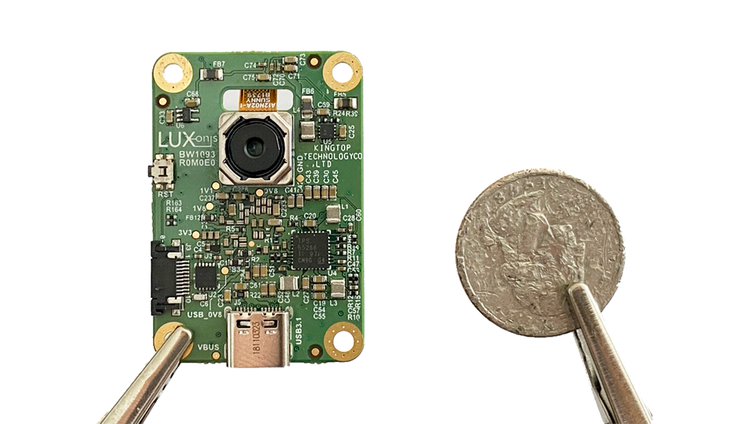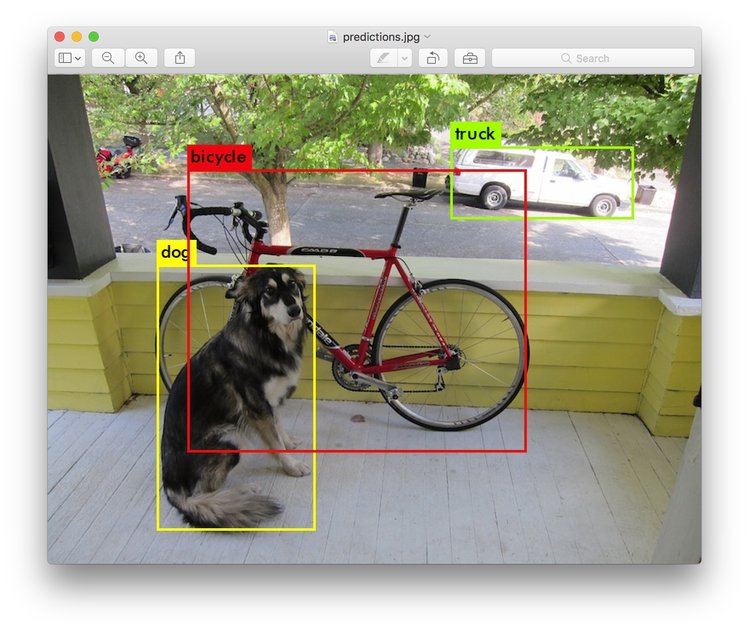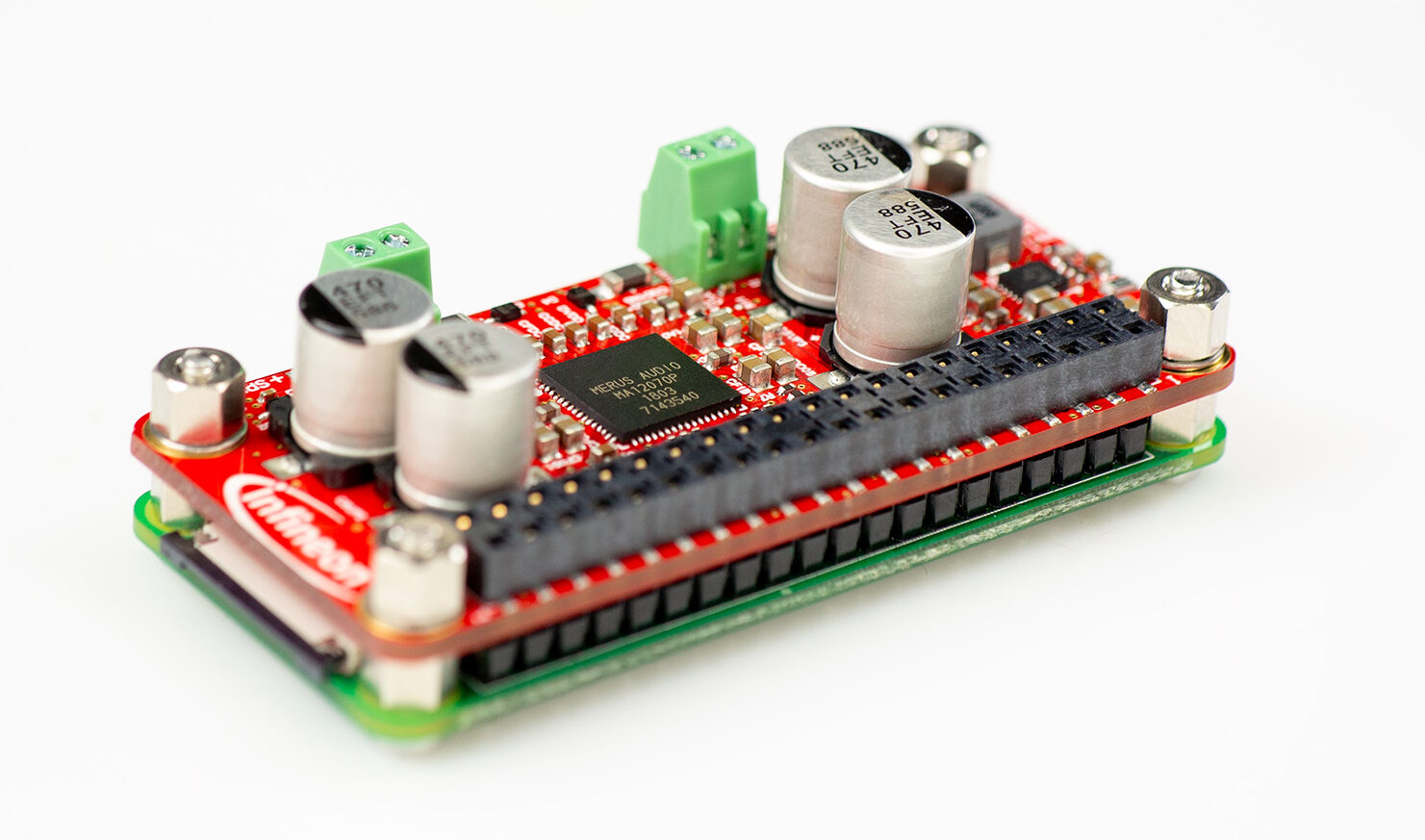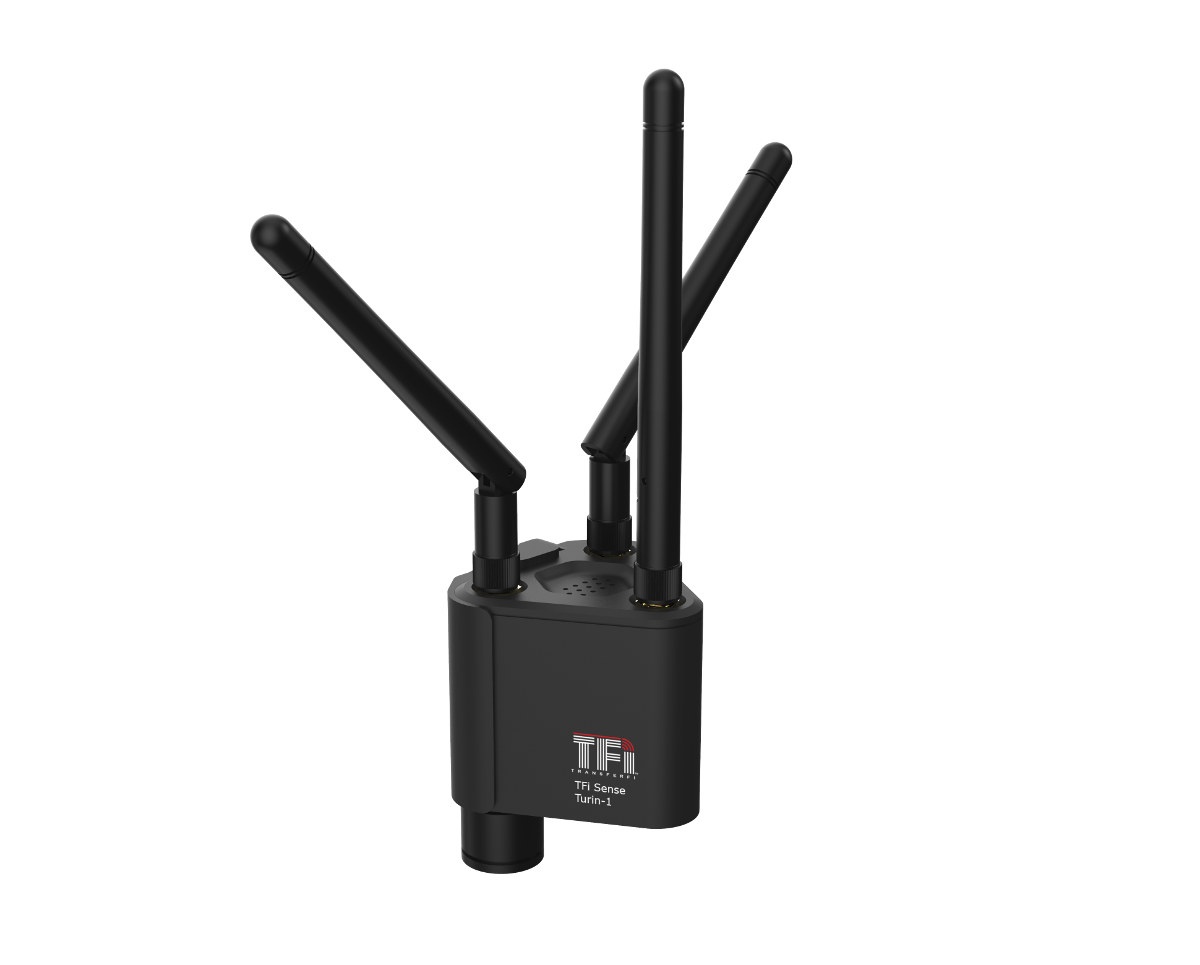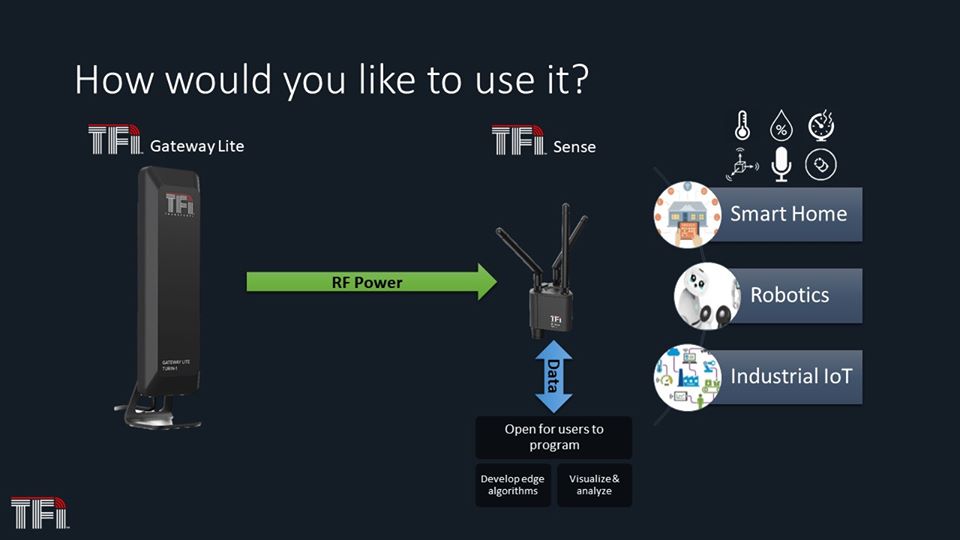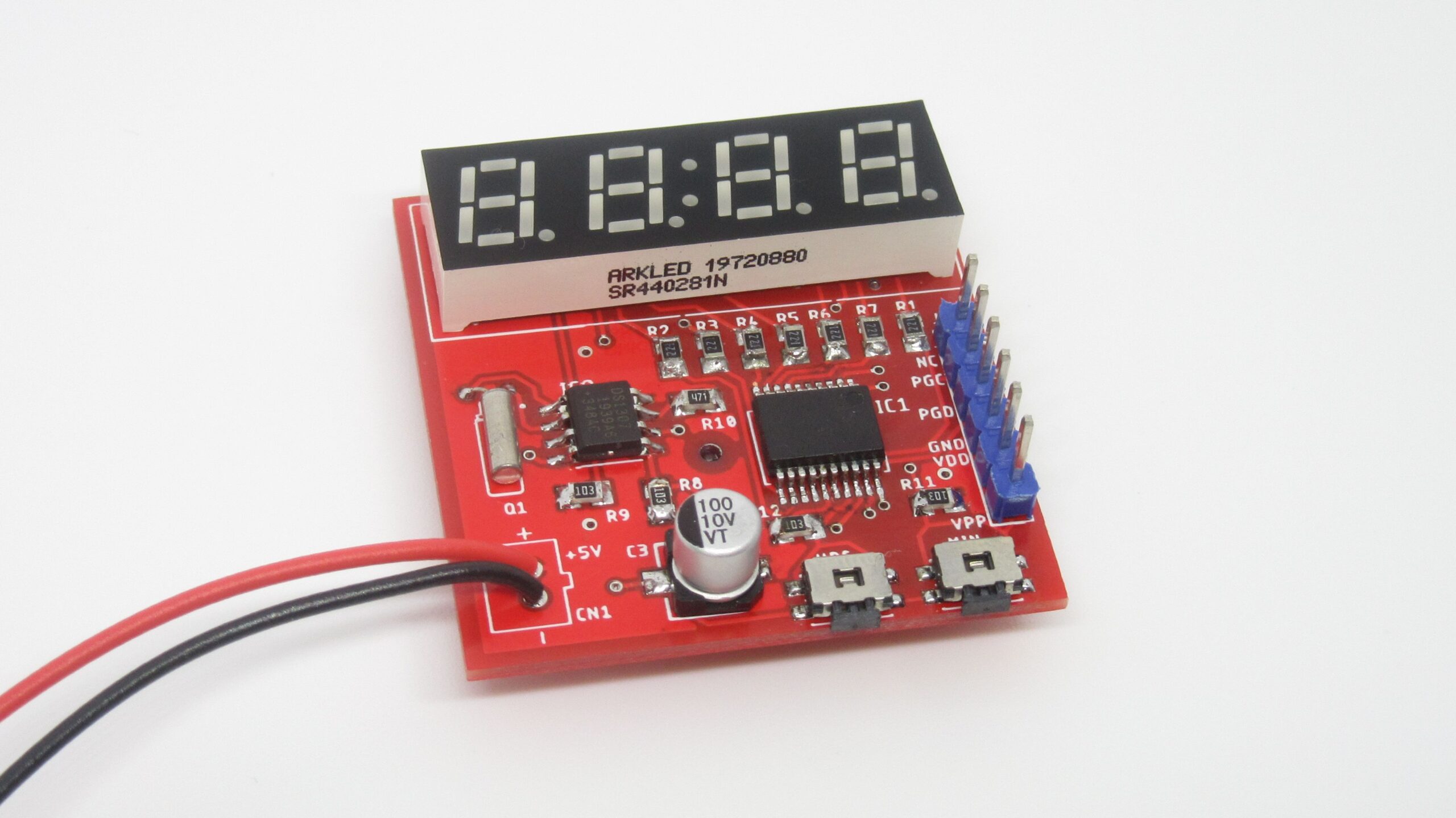 Foxconn, a global leader in smart manufacturing, is joining Socionext, a major provider of advanced SoC solutions for video and imaging systems, and leading artificial intelligence (AI) chipmaker Hailo to launch the next-generation AI processing solution for video analytics at the edge.
Foxconn, a global leader in smart manufacturing, is joining Socionext, a major provider of advanced SoC solutions for video and imaging systems, and leading artificial intelligence (AI) chipmaker Hailo to launch the next-generation AI processing solution for video analytics at the edge.
Foxconn has combined its high-density, fan-less, and highly efficient edge computing solution, “BOXiedge™”, with Socionext’s high-efficiency parallel processor “SynQuacer™” SC2A11, and the Hailo-8™ deep learning processor. The new combination provides market-leading energy efficiency for standalone AI inference nodes, benefiting applications including smart cities, smart medical, smart retail, and industrial IoT.
Robust Solution Processes More Than 20 Camera Streaming Inputs in Real Time
In a global AI market forecasted by research firm IDC to approach $98.4 billion in revenue in 2023, this joint solution helps address the need for cost-effective multiprocessing capabilities required in video analytics, image classifications, and object segmentation. The robust, high-efficiency product is capable of processing and analyzing over 20 streaming camera input feeds in real-time, all at the edge. The result is a high-density, low-power, complete local VMS server, ensuring top performance for video analytics and privacy, including image classification, detection, pose estimation, and various other AI-powered applications – all in real time.
“Our vision at Foxconn is to pave the way for next generation AI solutions,” said Gene Liu, VP of Semiconductor Subgroup at Foxconn Technology Group. “We are confident that this strategic collaboration with our long-standing partner, Socionext, alongside Hailo, will do more than that. We recognize the great potential in adopting AI solutions for a multitude of applications, such as tumor detection and robotic navigation. This is why we are proud to say that our edge computing solution combined with Hailo’s deep learning processor will create even better energy efficiency for standalone AI inference nodes to positively impact rapidly evolving sectors including smart cities, smart medical, smart retail, and industrial IoT.”
Foxconn has already deployed several in-house developed AI solutions on different production lines, leading to an improvement in reporting accuracy from 95% to 99% and a reduction of at least one third of the operating costs for appearance defect inspection projects.
“We are very pleased with this joint effort by the companies, and to officially announce our strategic partnership with Hailo,” said Noriaki Kubo, Executive Vice President at Socionext. “This collaboration will lead to more innovative solutions that specifically address the growing demand from our AI customers in multiple sectors. We are confident that this product will enable endpoint devices to operate with better performance, lower power, more flexibility, and minimal latency.”
Hailo’s specialized Hailo-8™ deep learning processor delivers unprecedented performance to edge devices. Featuring up to 26 Tera Operations Per Second (TOPS), the chip is built with an innovative architecture that enables edge devices to run sophisticated deep learning applications that could previously only run on the cloud. Its advanced structure translates into higher performance, lower power, and minimal latency, enabling enhanced privacy and better reliability for smart devices operating at the edge.
“We are thrilled to announce our collaboration with two of the global leaders in AI solutions,” said Orr Danon, CEO and Co-Founder of Hailo. “Our deep learning processor significantly upgrades the capabilities of smart devices operating at the edge, and this collaboration will impact a wide range of industries increasingly driven by edge technology. A new generation of chips means a new generation of capabilities at the edge.”
The next generation of the BOXiedge AI computing solution is equipped with applications for a broader market relying on low latency, a high data rate, high reliability, and quick processing at the edge. Smart retail and smart cities, for instance, require hundreds of cameras – either in-store or in traffic monitoring – to generate video streams that need to be processed locally, quickly, and efficiently with minimal latency. Similarly, for industrial IoT, where every split-second counts, data acquiring, processing, inferencing, and presenting on the production floor rather than in the cloud translates into significant cost savings along with more efficient processing for tasks such as inspection and quality assurance.


